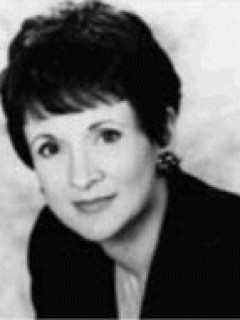The answer is, it depends. Each category has certain leading and lagging edge markets. Often the Coasts (Los Angeles, Seattle, New York) are trend setting. High-mobility markets (Atlanta, Tampa) are useful because most residents have been born elsewhere, whereas few move to or leave Cleveland or Buffalo.
Hair studies seek out high-grooming markets (Atlanta, Dallas). High-tech projects go to Silicon Valley (San Francisco) and Silicon Alley (New York) and perhaps Chicago. Preferred coffee strengths and package sizes vary East to West. Sinus remedies research high-humidity regions along the Gulf and the Great Lakes. Sunscreen is explored in year-round markets (Fort Lauderdale, San Diego) and seasonals (Boston). Latino studies find Mexicans in the South-west, Cubans in the South-east, Puerto Ricans in the North-east.
Most typically, US projects use one market near client headquarters for maximum team-behind-the-mirror observation, plus one to three other cities that reflect research objectives and category/brand index. Suburban versus urban sites depend on convenience to respondents' home or workplace commutes. Social class is defined neither by birth nor ethnicity, but rather by university graduation, household income and occupation. Many studies mix a few 'emerging majorities' (African Americans, Hispanics, Asians) in each group to emulate population diversity.


